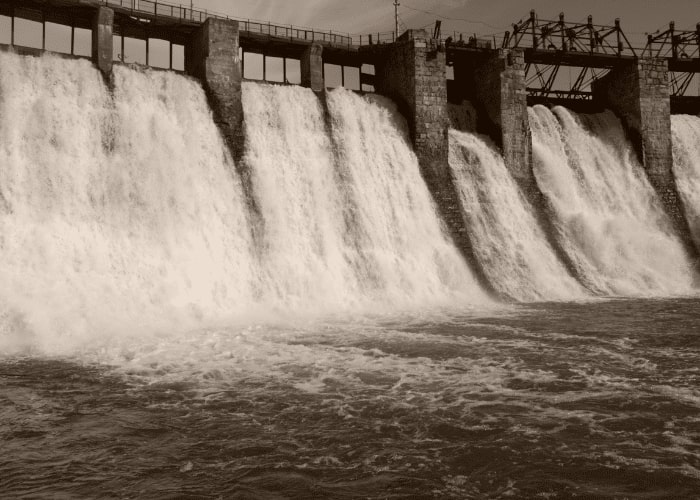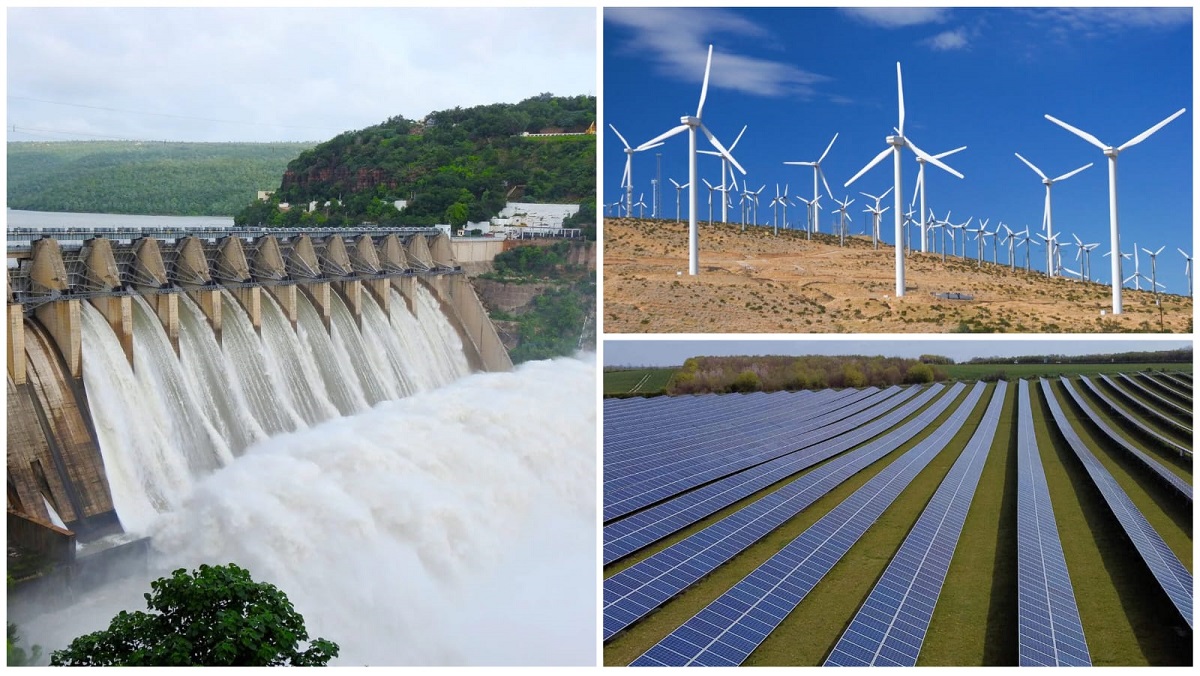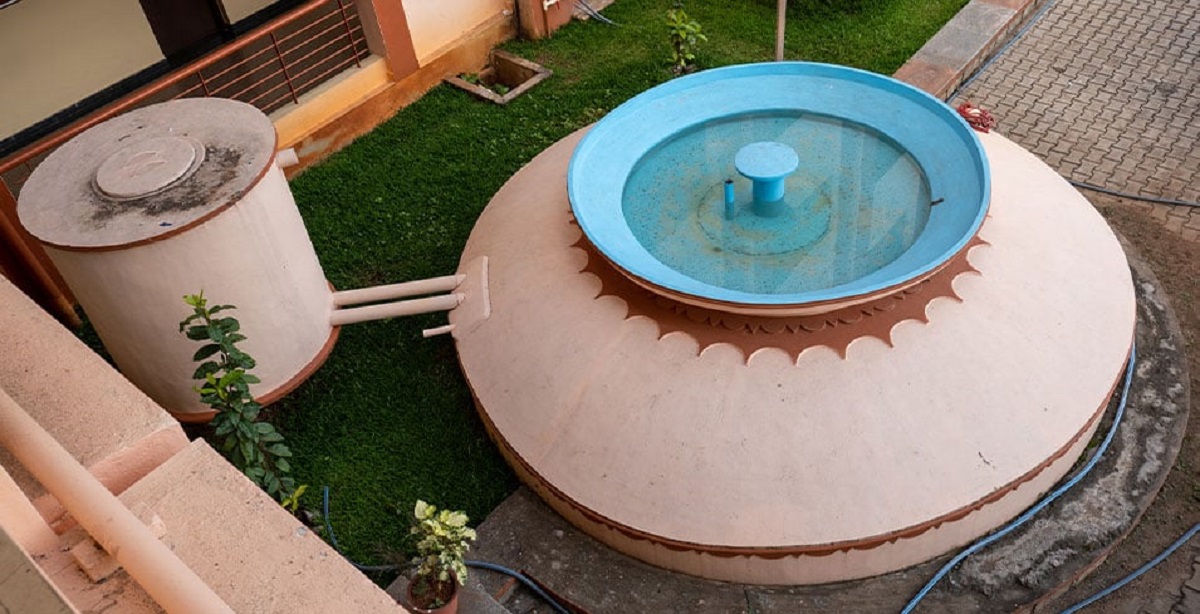Four reasons for dam decommission
Ahead of the COP26, a report by United Nations University about ageing dams has become a raging toping. Here are the reasons mentioned in the report for dam decommissionings.
There are three ways of dam decommission. In the first method, the dam is retained; however, it is used for other purposes. In the second scenario, the dam is removed partially, on the other hand the dam is completely removed in the third situation. There are reportedly more than 50,000 large dams globally, and many of them have reached their designed life of 50 or 100 years.
Effects of dam decommission
Dam decommission will have negative and positive effects on the economy, society and the environment. However, there are four primary and interconnected arguments in favour of decommissioning ageing dams
Public safety
Many destructions and deaths have been caused by dam failure. Experts say the dam failures in most cases occurs due to seepage, cracking, structure failure, which results from poor design and lack of maintenance or operational mismanagement. According to the report, “the risks associated with large dams are ‘low probability and high consequence'” Climate change considerations may accelerate a dam’s ageing process and, thus, decisions about decommissioning. Extreme weather events, especially floods, are expected to become more severe and frequent with the changing climate.
Growing maintenance costs
As the damages increase, the upkeep of the dam becomes expensive, requiring consistent inspection and mending. However, maintenance is mandatory, keeping in mind the importance of providing longevity of the dam and ensuring public safety. With the ageing of the dam, the cost of maintenance and repair can be 10-30 times more expensive than the expenses incurred in dam removal.
Progressing reservoir sedimentation
In addition to blocking and storing the water in the river, the dams also interfere with the natural downward transportation of sediments resulting in the accumulation of the sediments in the reservoir. As the sedimentation in the reservoir increases, the storage capacity comes down. The report says that sedimentation depends on physical and geological conditions.
Environmental restoration
Removing, restoring or redesigning a dam transforms the natural environment and landscape. Some of the changes include the downstream flow of sediment budget. Reconnecting the river as before the dam’s construction, and restoring the fish and the ecosystem. Experts say the river come back to the pre-dam condition. Though the ecosystem may not be the same as the pre-dam times.
Dam decommission
The report also says that “there will not be another”, “dam revolution” to match the scale of the high-intensity dam construction. The kind experienced in the early to mid 20th century. At the same time, many of the large dams constructed then are ageing. Hence we are already experiencing a “mass ageing” of water storage infrastructure.”






48 comments